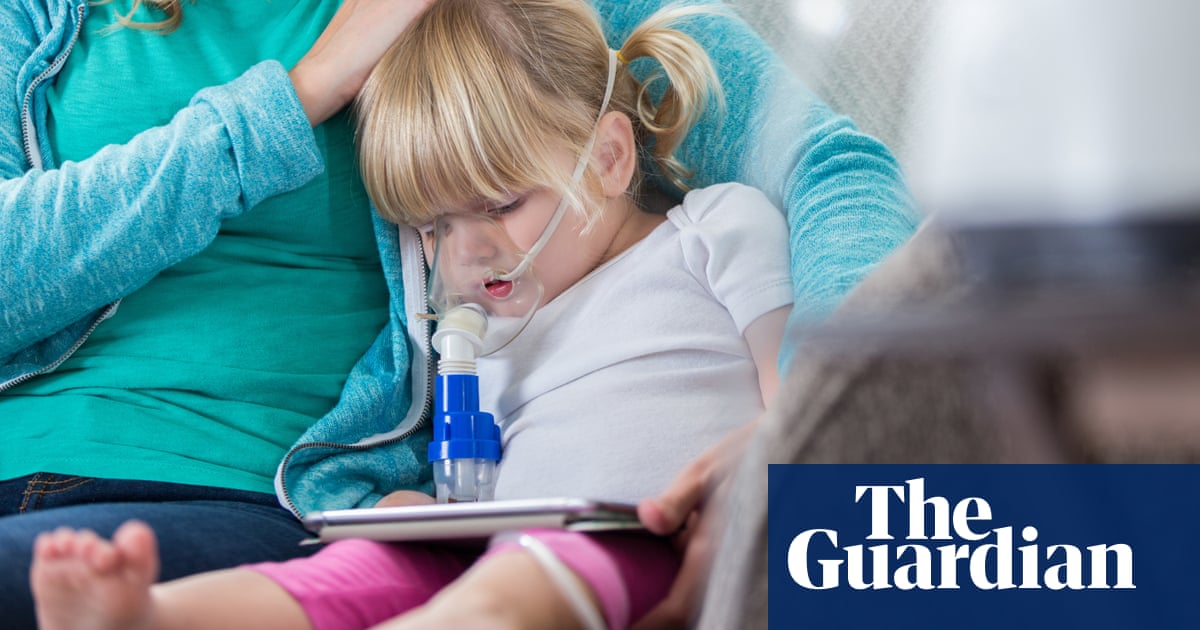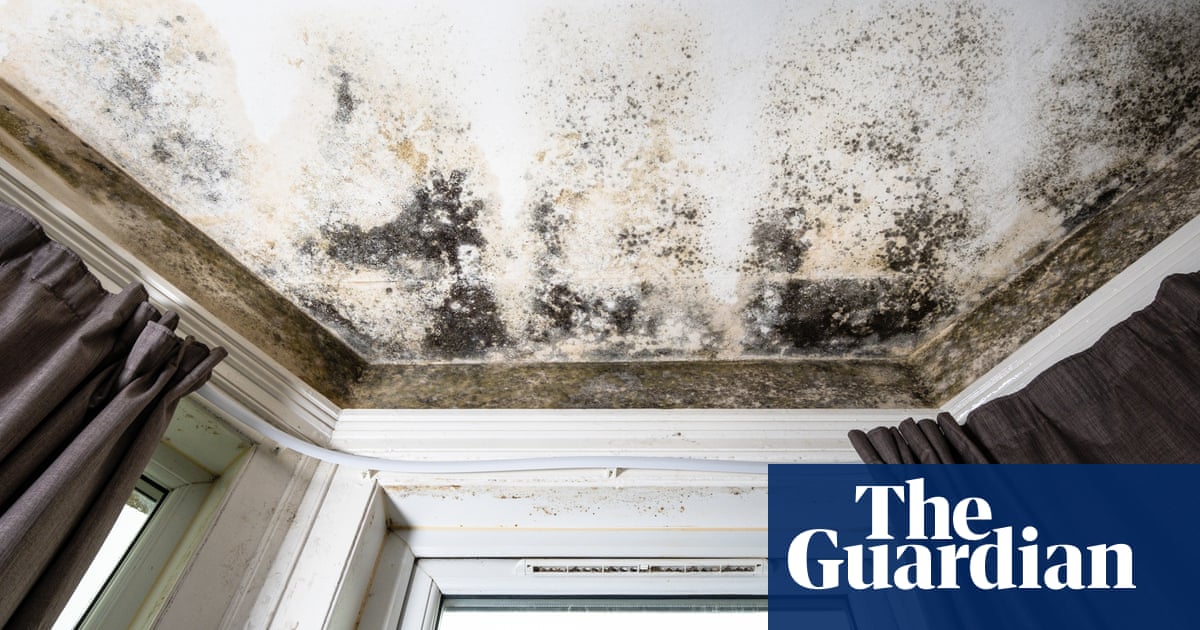
Thousands of babies and toddlers are being admitted to hospital in England each year with lung conditions probably linked to damp and mould-ridden homes, a senior doctor has warned.
Dr Andy Knox, an associate medical director for the NHS, said squalid housing was having a “profoundly negative impact on the nation’s health” and worsening the crisis in the NHS.
“It is becoming a really major health issue for us as a nation, and we need legislation that is going to properly deal with this,” he said.
The Royal College of Paediatrics and Child Health said the state of Britain’s housing was “now a crucial issue for child health” and called on ministers to launch a clear way for parents to report poor air quality in rented and social housing.
The stark warnings come as the Guardian launches a series focusing on Britain’s growing private rental sector. One in five UK households now live in private rented homes, with costs for tenants rising despite worsening conditions and squalor. Damp is five times more common in private rentals than in owner-occupied homes.
Government figures suggest that more than 520,000 rented properties in England have hazards that pose “a serious and immediate risk to a person’s health and safety” – a large proportion of these being cold, damp and mould.
However, industry experts say the true scale of the problem is likely to be far greater due to systemic problems with the housing system and chronic under-reporting by tenants who fear eviction.
Nearly 31,000 children aged four and under are admitted to hospitals in England each year with conditions linked to the respiratory syncytial virus (RSV), which is known to be caused or exacerbated by damp and mould. NHS figures show that nearly 80% of these – or 24,485 babies and toddlers – develop acute bronchiolitis needing hospital treatment. Some studies suggest between 20-40% of children who have bronchiolitis in their early years go on to develop asthma.
Knox, who leads on population health for the NHS in Lancashire and South Cumbria, said the impact of damp and mould had been an issue for years but was “definitely getting worse”.
He said: “Poor quality housing is having a profound effect on children’s health and leading to significantly raised admission sources for longer periods.” He added that it was costing the economy millions of pounds a year in time taken off work, and contributing to strain on the NHS.
“Around 31,000 children are admitted to hospital each year with RSV related conditions. Evidence from other countries with comparable housing conditions to the UK would suggest that around 20% of these are likely directly linked to damp or mould-ridden homes.
“This is a substantial number and is putting extra strain on the NHS every winter. It particularly affects areas like ours where the housing available in our most disadvantaged areas has been poorly [kept] by landlords, leaving children at risk.”
Experts have warned that children living in damp homes are up to three times more likely to have breathing problems.
A study published in the British Medical Journal in 2019 concluded that 19% of acute respiratory admissions for children under two in New Zealand would be prevented if all housing was free from damp and mould.
The link between poor quality housing and ill health has become more prominent since the Covid pandemic and the inquest last year into the death of two-year-old Awaab Ishak, who died as a direct result of black mould in the flat he lived in.
However, the scale of the challenge is not well understood due to a lack of nationwide data.
Tenants living in private rented properties are known to under-report problems because they fear receiving a no-fault eviction – a practice due to be made illegal – or having their rent raised, which can have the same effect as an eviction.
Local authorities, which are responsible for overseeing the private rented sector, say their environmental health and housing teams are chronically under-resourced so the majority of complaints do not result in any formal action.
Senior doctors have suggested that the NHS should start routinely asking about patients’ living conditions when they present with a respiratory condition, in the same way people are asked to give their smoking history or ethnicity.
Dr Camilla Kingdon, president of the Royal College of Paediatrics and Child Health, said the body was encouraging paediatricians to ask about housing when reviewing children with lung issues, but she called on the government to do more to improve standards.
“The UK has some of the very worst housing stock in Europe and evidence shows a rising number of families are living in poor quality accommodation, with detrimental impacts on children’s health. Cold and damp housing conditions lead to increased risk of asthma, respiratory infections, slower cognitive development, and mental health problems in children. We must remember that our housing crisis is also a health crisis.”
She added: “We call on the UK government to establish a process for people in rented and social housing to report indoor air quality problems and to help with necessary improvements. It is essential that all children and young people have a base standard of living that promotes health and wellbeing.”
A spokesperson for the housing department said: “Everyone deserves to live in a safe and decent home. That’s why the government is determined to crack down on rogue landlords who cause misery to their tenants and put their health and safety at risk.
“We are delivering a fairer private rented sector for tenants and landlords through the Renters Reform Bill, which includes creating a new ombudsman to resolve issues quicker and empower tenants to challenge poor practice.”











